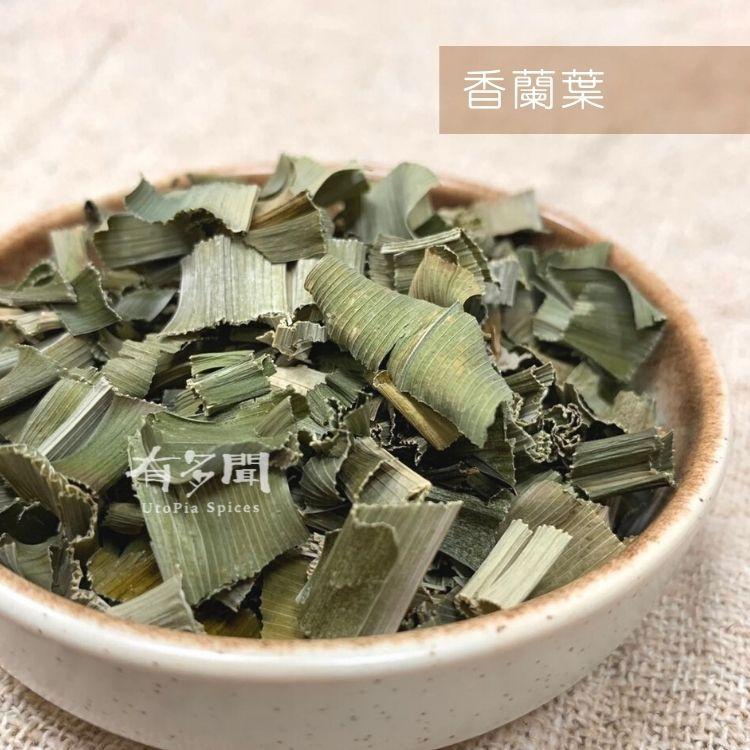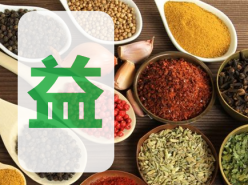
Feature:
Pandan leaves are elongated, narrow and have sharp edges. Its leaves are usually green and vary depending on the variety.
They are tropical plants that often grow in swamps and other moist areas.
Taste and Smell:
Pandan leaves have a unique sweetness and aroma, similar to the flavor of vanilla, but with a unique vegetal and fruity aroma.
Origin:
Thailand. The pandan tree is native to Southeast Asia, such as Indonesia, Malaysia and Thailand. Today it is widely cultivated throughout the tropics, especially in parts of Asia.
Cooking dishes:
Sugar water and desserts: In many Southeast Asian countries, pandan leaves are often used to flavor sugar water and desserts, such as “Klepon” in Indonesia and “Kuih Talam” in Malaysia.
Rice: In some areas, pandan leaves are used to make pandan rice, such as “Khao Tom” in Thailand.
Pasta and pastries: In some cultures, pandan leaves are also used as a wrapping material for pastries or pasta, such as “Lepet” in Indonesia.
Spices and Extracts: Pandan leaves are also used to make pandan extract, which can be used in a variety of desserts and pastries.
Applicable dishes:
Hainanese chicken rice, Nyonya cake, sago rice, pandan-wrapped chicken, turmeric rice, nasi lemak, coconut layer cake, Chinese and Western cakes, pandan spread
**Pandan leaves are usually not eaten directly when cooking, but are used to provide flavor. When finished cooking, they are usually removed from the dish.
![]()
